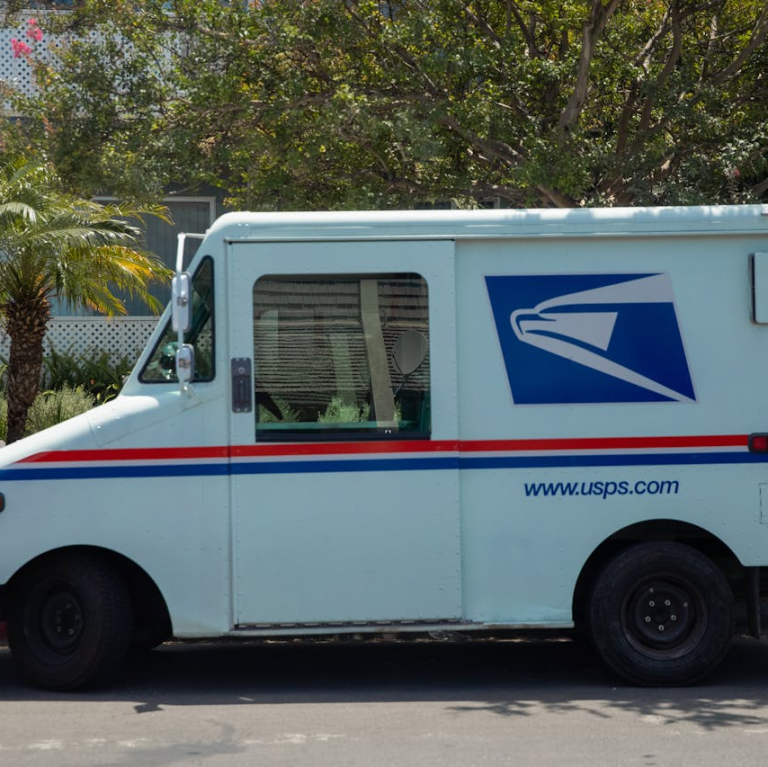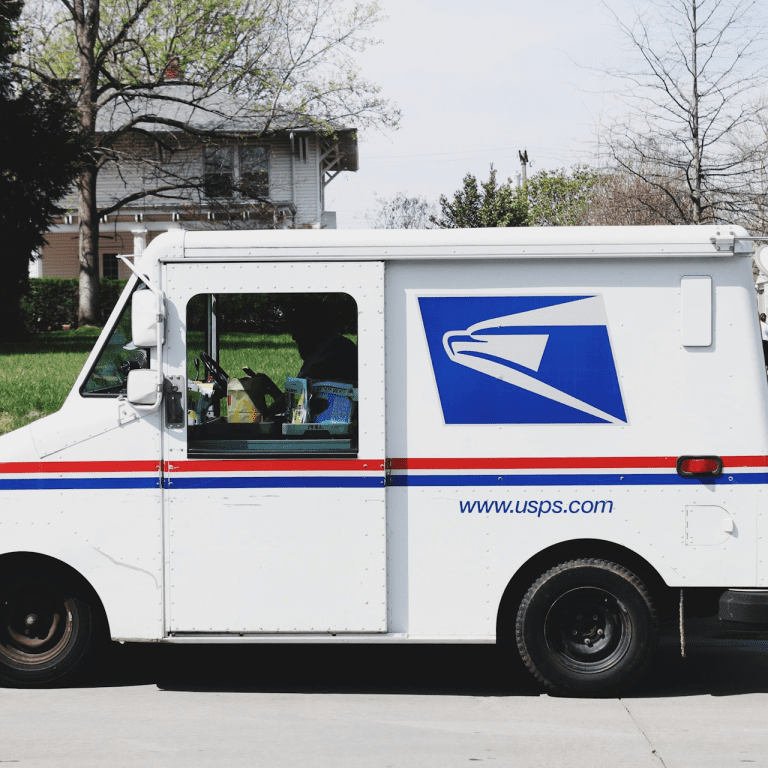Key Takeaways
-
In 2025, government contributions to Postal Service Health Benefits (PSHB) remain substantial, but your share of the cost is growing steadily.
-
Understanding the exact breakdown of who pays what helps you make smarter choices during Open Season and better anticipate your out-of-pocket costs.
How PSHB Contributions Work in 2025
Under the 2025 Postal Service Health Benefits (PSHB) Program, your total health insurance premium is shared between you and the federal government. But the perception that “Uncle Sam pays most of it” can sometimes obscure the real financial responsibilities you carry month after month.
The Office of Personnel Management (OPM) sets rules for cost-sharing, and in 2025, the government still covers approximately 70% of the total premium. That means you’re responsible for the remaining 30%, and this percentage applies regardless of whether you’re an active worker or an annuitant.
What’s Different for Annuitants?
For retirees, the percentage may feel more burdensome because there’s no paycheck to spread the deduction over. Monthly deductions come directly from your annuity, which may already be stretched thin by other rising expenses like Medicare Part B premiums and inflation.
Government Cap on Contributions
Although the government covers about 70%, there’s a cap on how much it will pay: the lesser of 72% of the weighted average or 75% of the specific plan premium. In plans where the premiums are higher than average, you may find yourself contributing more than expected, even if you’re in a family plan or a plan with robust benefits.
Your Share Isn’t Just Premiums
It’s easy to assume your contribution ends with the monthly premium, but in reality, your financial responsibility extends further:
-
Annual deductibles that must be paid before coverage kicks in
-
Copayments for each doctor visit or prescription
-
Coinsurance percentages on specialist visits, tests, or hospital stays
-
Out-of-network costs if you receive care outside your plan’s network
Even with a decent plan and full government backing, these extras can add up.
2025 Premium Trends: What You’re Really Paying
For 2025, premiums have gone up across most PSHB plans, with the average enrollee paying more than in 2024. Although the government still contributes the majority share, the absolute dollar amount you pay has increased simply because the base cost has increased.
This affects all types of coverage:
-
Self Only
-
Self Plus One
-
Self and Family
As a result, your 30% share has turned into a larger figure than what you paid in 2024, even if the percentage hasn’t changed.
Comparing Employee and Annuitant Contributions
While active employees benefit from pre-tax payroll deductions, annuitants pay their health premiums post-tax, which increases the effective cost. In 2025, this difference is more pronounced, especially for those who are on fixed incomes and also managing Medicare premiums.
Annuitants generally pay the same percentage as employees, but without the tax advantage or employer paycheck buffering the hit. This makes it critical to reassess whether your current plan is still the best fit based on your usage, age, and other insurance coordination.
Medicare Part B and PSHB: A Shared Load
If you’re Medicare-eligible, the integration between PSHB and Medicare Part B can significantly change your out-of-pocket costs.
-
Dual enrollment often means lower deductibles and copayments through coordination of benefits.
-
Some PSHB plans offer Part B premium reimbursement, which can offset your monthly expenses.
But remember: you still pay Medicare Part B premiums in full. So while it looks like the government is footing most of your PSHB costs, you’re still carrying a sizable monthly burden.
PSHB Out-of-Pocket Maximums: Where the Government Stops Paying
In 2025, PSHB plans feature in-network out-of-pocket maximums ranging from $5,000 to $7,500 for Self Only and $10,000 to $15,000 for Self Plus One and Self and Family plans. These ceilings are meant to protect you from catastrophic financial exposure, but they also define the point where your share finally ends.
If you have complex medical needs, you may reach that ceiling in a single year, meaning your personal share can stretch into the thousands before full coverage kicks in. And for out-of-network care? The maximums are usually higher or sometimes not capped at all.
Government Support Sounds Generous—But Context Matters
Yes, 70% of a $1,000 premium sounds generous, but if your out-of-pocket costs rise due to high deductibles, non-covered services, or Medicare coordination issues, your total financial responsibility might be far more than you realize.
A key point for 2025 is that overall plan generosity is tightening, even as the structure of government support remains the same. So while the percentage split hasn’t changed, the services offered and the ease of getting them have.
Open Season Decisions: Look Beyond the Premium
When Open Season comes around again from November to December, you’ll want to think beyond just the headline numbers of what you’re paying each month.
Ask yourself:
-
What is the deductible, and can you realistically meet it?
-
Are the copayments adding up in ways that surprise you?
-
Have you been pushed out-of-network more often than expected?
-
Is your plan coordinating effectively with Medicare Part B?
These factors can all affect your real share of costs.
Don’t Confuse Government Contribution with Guaranteed Savings
Even with a solid 70% contribution from the government, your financial exposure can still be high if you:
-
Choose a plan with a high deductible
-
Have frequent specialist visits
-
Use brand-name prescriptions
-
Need out-of-network services
-
Aren’t enrolled in Medicare Part B when eligible
In all of these situations, the government’s share remains fixed, but your share can escalate quickly.
Why 2025 Is a Tipping Point for Many PSHB Enrollees
Several shifts are converging this year:
-
PSHB has fully replaced FEHB for postal workers and retirees
-
Premiums are higher due to inflation and expanded coordination with Medicare
-
Copayments and coinsurance structures are growing more complex
-
More plans are narrowing networks or adjusting formularies
So even though the 70% government contribution remains stable on paper, your total financial picture in 2025 may feel very different from previous years.
What You Can Do Now
You’re not powerless against these rising costs. Use these strategies to rebalance your financial share:
-
Review your plan brochure carefully. Understand all cost components.
-
Evaluate how much care you used last year. Were you close to the out-of-pocket maximum?
-
Coordinate with Medicare. Enroll in Part B if you’re eligible and not exempt, and take advantage of plans that reimburse your premium.
-
Use preventive services. Many are fully covered and can help you avoid costly treatments later.
-
Compare plans annually. Even small differences can lead to hundreds saved over a year.
Why This All Matters in 2025
With higher healthcare inflation, tighter plan coverage, and the PSHB transition complete, the way costs are split between you and the government is more consequential than ever. Don’t assume the same plan that worked in 2024 will still make sense now.
You need to reframe how you think about your PSHB costs—not just as “70% paid by the government,” but as a total ecosystem of premiums, services, gaps, and risks. It’s your health—and your wallet—on the line.
Rethink the Real Cost Sharing and Take Action
The PSHB cost-sharing formula may look predictable on paper, but in 2025, the real story is unfolding in your paycheck, your annuity statement, and your medical bills. It’s time to look beyond the percentages and understand the full scope of what you’re paying—and what you’re getting.
Get in touch with a licensed agent listed on this website to evaluate your PSHB options for 2025. You deserve clarity, and now’s the right time to get it.










